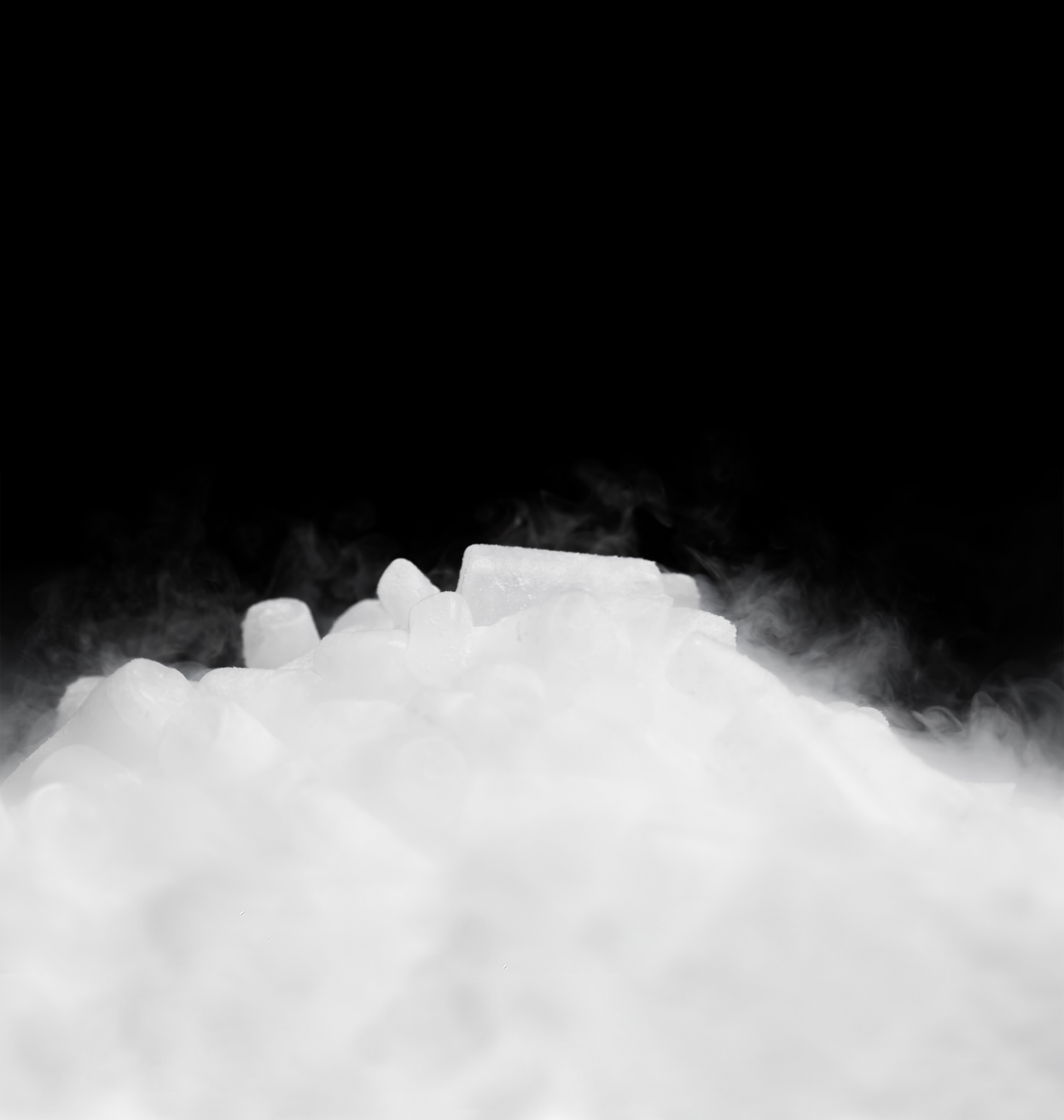Discover more about us and the team that’s revolutionizing dry ice blasting in India and globally.
Explore Our Advanced Dry Ice Blasting Technology – Powering Unmatched Performance and Precision
Professional Dry Ice Blasting Services – Delivering Effective, On-Site Cleaning Solutions Tailored to Your Needs
Exceptional After-Sales Service and Support – Ensuring Long-Term Performance and Customer Satisfaction
Reliable Scheduled Dry Ice Supply – Ensuring Consistent Delivery for Your Operational Needs
What is Dry-Ice?


Dry ice is the solid form of carbon dioxide that has a temperature of -78.5°C and sublimates into gas when exposed to air. Dry ice is used for various purposes, such as cooling, freezing, preserving, transporting, and cleaning. In this article, you’ll learn what dry ice is, how it is made, what are its properties, and how CMW CO2 Technologies can help you with dry ice solutions.
DRY ICE IS MADE OF FOOD GRADE LIQUID CO2 =TOTALLY FREE OF WATER
PROPERTIES OF DRY ICE
- Dry Ice has a temperature of -78.5°Celsius (-173° F)
- Dry Ice has a specific weight of 1450kg/m³ approximately
- Dry Ice is 100% free of water
- Dry Ice is not conductive
- Dry Ice converts to CO2 vapor on impact (energy conversion)
- Dry Ice is free of oxygen antibacterial
- Dry Ice is not toxic
Liquid CO2 at -20°C is injected into a production cylinder through a spray nozzle with a pressure of 14 – 17bar (200-290 psi), where it expands at atmospheric pressure into CO2 snow. This snow is then compacted by rod & piston action into solid CO2 = Dry Ice. Different types of Dry Ice machines produce various forms of Dry Ice. The common forms of dry ice are: 1Blocks10-20kg p/block2Nuggetsround shaped/10-16mm diameter / 15-30mm in length3Pelletsround shaped/2.5-3.5mm / 3-8mm in length Dry Ice as an industrial product has been around for approximately 80 years and is mainly a consumable in the food production and transport industries. However, since its invention many other uses have been found, including a more recent technology, Dry Ice Blasting.

